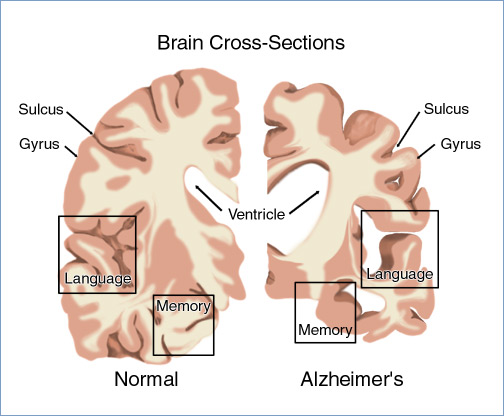
Revised by M. Smith (2005) from M. Smith & K.C. Buckwalter (1993), “Acting Up and Acting out: Assessment and Management of Aggressive and Acting out Behaviors,” the Geriatric .. … Health Training Series, for the Hartford Center of Geriatric Nursing Excellence, College of Nursing, University of Iowa. Back to the A-B-C’s: Understanding and Responding to Behavioral Symptoms in Dementia CONTENTS the revised version of this training module includes the following components. To facilitate use, some components are combined in …Revised by M. Smith (2005) from M. Smith & K.C. Buckwalter (1993), “Acting Up and Acting out: Assessment and Management of Aggressive and Acting out Behaviors,” the Geriatric Mental Health Training Series, for the Hartford Center of Geriatric Nursing Excellence, College of Nursing, University of Iowa. Back to the A-B-C’s: Understanding and Responding to Behavioral Symptoms in Dementia Purpose: Behavioral symptoms in dementia are often troubling to staff, other residents, and family members alike. but most important, behaviors are form of communication and signal that the person with dementia is uncomfortable and needs assistance. Development of individualized, person-centered care plans depends on accurate assessment and preventative methods. This program uses the Antecedent-Behavior-Consequence (ABC) approach to help caregivers understand underlying causes of behavior, including the effects of personal, health-related, and environmental factors. Specific questions are introduced to assist caregivers in developing individualized care plans for persons with dementia. Objectives: 1. Compare and contrast key aspects of the “old” and “new” dementia care cultures (i.e., attitudes, labels, focus of care and interventions). 2. Explain why “prevention is the best medicine” in dementia care. 3. Define the main components of the A-B-C approach to care. 4. give an example of common antecedents or “triggers” in dementia care. 5. give an example of common automatic reactions in dementia care, 6. describe the relationship between behavioral symptoms, antecedents/triggers and consequences/reactions. 7. Develop a plan of care for a person with dementia using the A-B-C approach. 8. List crisis intervention techniques that may be used to calm and redirect a person who is intensely upset and threatened. Content Outline: Introduction and overview old culture of dementia care New culture of dementia care Adjust language to reduce negative labels Behaviors are troubling to all , but primarily to person with dementia Reframe dementia care Person-centered care labels for behavioral symptoms labels for care, focus of interventions…. is well underway to reduce and eliminate negative labels that stigmatize, unfairly categorize, and reduce quality of care for those with dementia. We hope that you, as a trainer, will think carefully about words and labels used, and the risk of generalizing negative labels about behavior to the PERSON with dementia. Although the program doesn’t review the idea of “COOKBOOK CURES” for behavioral symptoms (as taught in the first module, “whose Problem is It?”), we continue to follow these principles. that is, there are “no easy answers” or simple interventions for reducing or eliminating behavioral symptoms. Many times, staff want easy-to-follow, step-by-step instructions about what to do when someone “yells” or “insults” them, “pushes” or “grabs” them. Note: Throughout the program materials we purposefully put labels in quotation marks (e.g., “yells,” “insults,” “pushes,” “grabs,” “problem”) because the behavior is considered communication of some unmet need. Once we say the person is “grabbing, hitting, pushing, pinching” et cetera, we create an image of a “bad” person from whom staff must “protect themselves.” Understanding WHAT that behavior represents is critically important. Thus, we use quotation marks to indicate that the label may be the best description available, but must be examined in the CONTEXT of care provided. however, the “solution” or intervention is ALWAYS determined by the specific details of THAT situation !! what we DO depends on — THE PERSON (type of dementia/stage of disease; retained abilities; longstanding personality traits, coping methods, experiences, habits, et cetera), and — WHAT is going on inside and around the person that led up to the situation or “problem,” AND — THE CAREGIVER(s) (professional, para-professional; level of training; new vs. seasoned; knowledge about THIS person and his/her history, et cetera) and — WHAT is going on inside and around the caregiver that is influencing the caregiver’s reaction to the situation or “problem”! Remind staff that the goal is to really “THINK IT THROUGH” and look at the “problem” and situation differently . the step-wise assessment outlined in this program is intended to help caregivers develop individualized approaches for various types of behavioral symptoms. however, it is critically important to address ONE BEHAVIOR AT a TIME. We suggest that you select a person with behavioral symptoms in advance of teaching the program. for example, a person with dementia who asks the same questions over and over again, dresses strangely, gives the “wrong answer,” becomes easily upset, resists care, or is particularly challenging to caregivers will provide opportunities for illustration and discussion.
Download Understanding & Responding to Behavioral Symptoms in Dementia.pdf